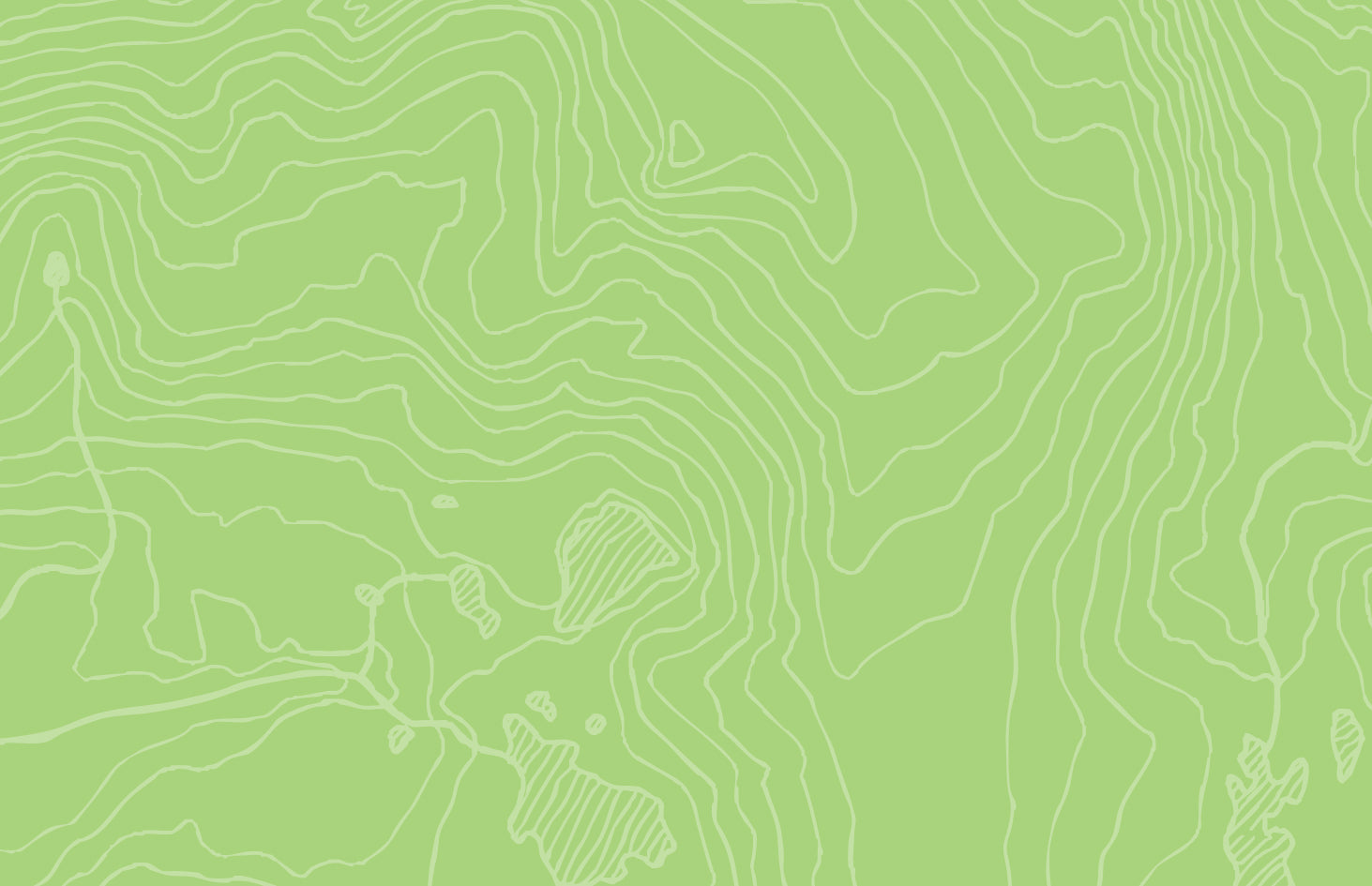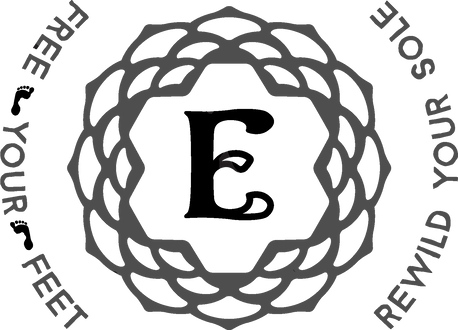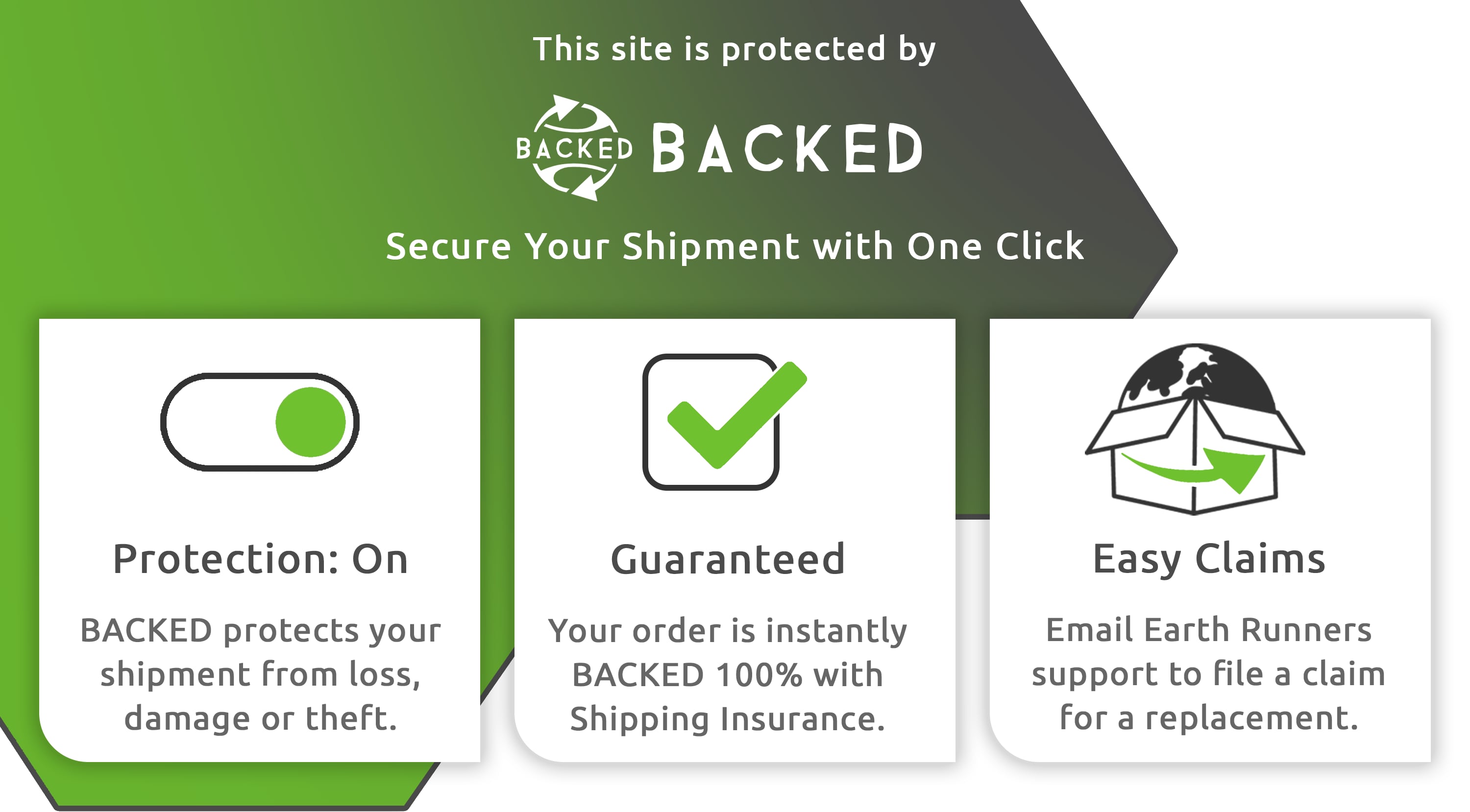Tips & Exercises for Healthy, Pain-Free Feet
Most footwear today attacks from all angles. From narrow toe boxes and raised heels, to cushioned soles and stiff arches—our feet are subject to all sorts of confinement and artificial support. Most shoes go way beyond the innocent intention of providing protection from hazards underfoot, and creep into ‘foot cast’ territory. [1]
These features can cause pain, soreness, pinched nerves, restricted circulation, impaired balance, weak feet, and a lack of stability.
 |
 |
What can you do to help your feet? Cue “toe-ga”
#FootHealth: Tips & Exercises for Healthy, Pain-Free Feet
Can you intentionally move certain toes? Toe “yoga” exercises are great for improving dexterity and reducing the occurrence of injury.
Our feet are finely-tuned instruments perfected by millions of years of evolution. Sadly, the use of modern footwear and orthotics has changed how we use our feet, leading to foot pain and problems. [2]
Just like any of our lost primal skills, it takes time and patience to re-develop the skills, muscles, and biomechanics (a fancy word for how your body moves) of your body’s original design. We are going to outline some of our favorite, easy, at-home foot exercises you can use to help restore mobility and soothe pain.
Give Your Feet a Treat: Foot Massage Ball
An easy at-home trick to strengthen and soothe your feet is to work the fascia with a textured massage ball. Try rolling out the bottom of your feet, calves, and achilles tendon with a foot rubz massage ball.
You can also try walking short distances on natural uneven terrain totally barefoot to help work the fascia and receive a sensational reflexology treatment. Whenever you aren't barefoot, choose minimalist footwear that lets your feet FEEL. #WholeBodyBarefoot
 |
 |
Resistance Band for #StrongFeet
Wearing shoes limits your range of motion. Be sure to exercise your toes' full range of extension and flexion. Practice lifting and flexing your toes in new ways to build strength and proprioception. Using a resistance band (thick rubber band) in toe-lift exercises can help realign the big toe and build up the muscles in the foot.
Put the band around your big toes. Alternate between:
-
Keeping big toes on the ground and raising your other toes.
-
Lift big toes into the air, and keep other toes flat on the ground.
Check out more resistance band exercises in the following video:
Toe Spacers for Improved Circulation, Strength, and Stability
A natural foot is shaped like a triangle, the big toe naturally wants to angle outwards to maximize the span and stability of the foot's triangular base. This is demonstrated in unshod indigenous populations whose foot shape resembles the triangular foot shape on the right.
Conventional footwear designs, on the other hand, tend towards a streamline, symmetric, and aerodynamic-looking shape. A lifetime of wearing sleek modern shoes with an unnaturally shaped toe box squeezes the forefoot together limiting the splay of the 5 metatarsals while crowding all the toes together. This not only increases the likelihood for foot atrophy, but also has many upstream consequences for the entire human physiology.
 |
 |
If your foot looks like the one on the left: don't fret! Feet are adaptable and regaining foot health and strength is possible. Let your feet be free by choosing minimalist footwear that allows the toes to splay naturally. You may also find it useful to use toe spreaders which can help increase circulation to the toes (helpful for those who suffer from cold feet!) in addition to improving foot strength and overall stability.
New to Minimalist Footwear? Prepare Your Feet.
While good minimalist footwear mimics being barefoot, if you are used to wearing standard modern shoes, the way you use your feet has most likely been altered. Stiff shoes with cushioned soles limits range of motion and leads to heel-striking. [3]
A few tips for Transitioning to Minimalist Footwear:

- First off, slow and steady wins the race. Undoing years of altered movement cannot be done overnight. It takes time to re-develop the lower leg and foot muscles and biomechanics needed to wear minimalist footwear.
- Practice walking then running with a forefoot or mid-foot strike. This walking and running style uses your foot and lower leg muscles as shock absorbers.
- To help prepare your feet (and useful if you experience soreness or muscle tightness down the line), try some of the foot exercises for #FootMobility outlined above.
-
Learn more here: 5 Tips to Transition to Minimalist Sandals Safely.









